Alfa Romeo: An Illustrated History, 1910–2020
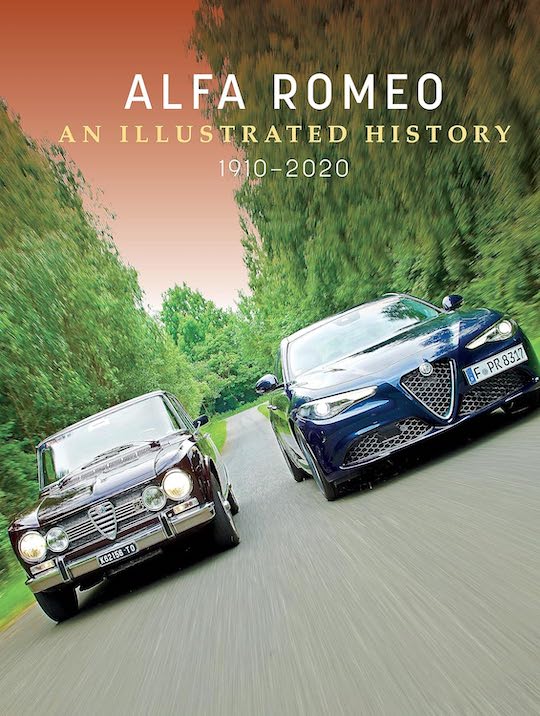 by Christian Schön (editor)
by Christian Schön (editor)
“Stepping through the front door, one feels as if one is in a time machine. The Alfa Romeo Museum—whose subtitle is “La Macchina del Tempo” (The Time Machine)—located on the former factory premises in the Milan suburb of Arese, takes visitors on a journey through the history of the brand, which began in 1910. It leads from the Tipo 24HP, the first automobile made by the Società Anonima Lombarda Fabbrica Automobili (Lombardy Automobile Manufacturing Company, or A.L.F.A.), through countless exhibits to Alfa Romeo’s current involvement in the Formula 1 World Championship.”
A “journey through the history of the brand” is just what this book offers as well. First published in German in 2020 by HEEL Verlag the book is now available in an English version by Schiffer Publishing. For more on the editor see our review of his 2012 Alfa book.
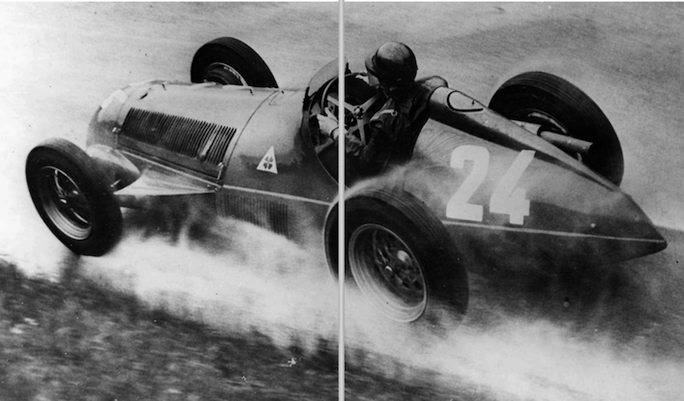
Juan Manuel Fangio in the Tipo 159, in the process of winning the wet Swiss Grand Prix on his way to becoming world champion in 1951.
Generously sized at 9 x 12″ it is the images in this book that are the most impactful. The eye can linger, for instance, on the lines of spot welding along the body base of the Tipo 33 Stradale (pages 23/4). On pages 80/81 a b/w image of a multi-generational group clustered around the P2 Grand Prix could have been posed at any time in the past 100 years. Unfortunately, the caption doesn’t enlighten us. Another splendid image is that of the P3 Ferrari team cars and drivers on pages 162/3. Tazio Nuvolari, wearing overalls and beret, can be seen in the group behind the racing team, although the caption doesn’t acknowledge this.
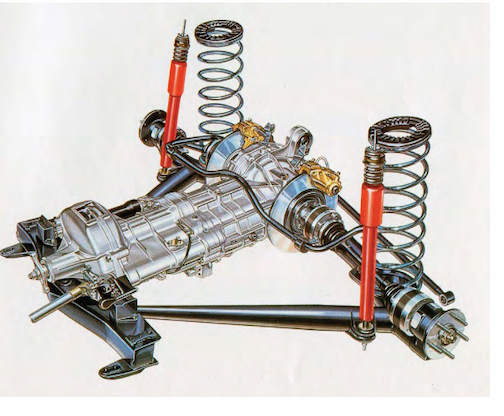
Alfetta transaxle, gearbox, and clutch located on the rear axle.
As well as excerpts from contemporary brochures, with the obligatory female models draped over the cars, there are very sophisticated cutaway illustrations in color; again, it’s a pleasure to study, and for this old analog reviewer to marvel at.
We are taken through a canter of this marque’s 110 years’ history, although it’s more of a slalom due to the many diversions throughout its 35 or so chapters; for instance, one called “At the Beginning” starts on page 150, two thirds through, so this is a book for numerous delvings rather than a front-to-back devouring from your comfy chair.
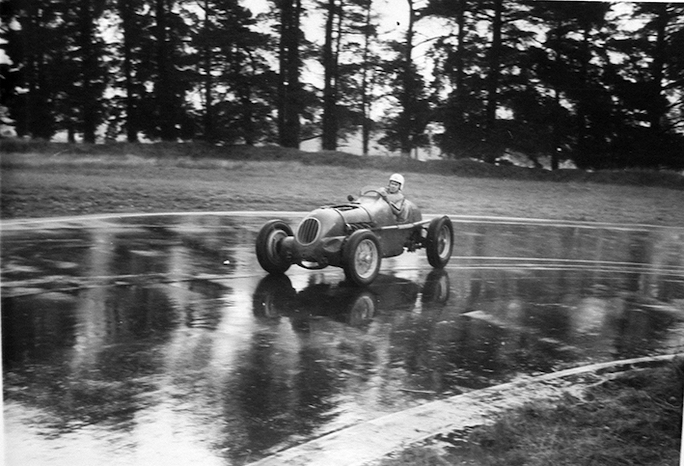
One Bimotore became the Aitkin Special in England and is being raced in New Zealand in 1969, powered by a GMC truck engine.
The pioneering automotive engineer Alexandre Darracq sought to win the Gordon Bennett Trophy by a strategy of manufacturing in Germany, Great Britain, and Italy as well as his native France, and when by 1910 his Italian enterprise succumbed to bankruptcy an investment group founded Societa Anonima Lombarda Fabbrica Automobili, A.L.F.A., and after further investment by Nicola Romeo the factory in Milano and its 300 employees became Alfa Romeo.
The evolution of the radiator shape and badging, the illustrious heritage of the cars built until the Great Depression, and the acquisition by the Italian government during the fascist regime in 1933 are all covered, as well as the 1986 privatization into the Fiat and Lancia conglomerate, where the marque was able to retain a degree of autonomy despite further mergers with American and French interest, culminating in the present Stellantis N.V.
From page 86, the splendid image of workers with the aircraft engine installation takes us through the company’s engine work in this field which goes back to the earliest days of A.L.F.A. and has at various times contributed most of the company’s revenue.
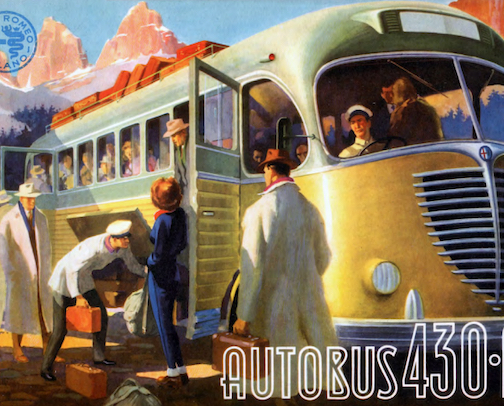
Romance; from 1940 to 1964, in South Africa and South America you could ride in one of about 5,000 Alfa Romeo Autobuses.
Marine and commercial vehicle applications have periodically been part of Alfa Romeo, for instance the very successful Tipo 158/9 1.5L “Alfetta” engine propelling racing craft up to 125 mph, and the prospect of being able to at one time travel aboard an Alfa Romeo omnibus in South America is tantalizing.
The Foreword by Niccolò Biagioli, Brand Country Manager, Alfa Romeo & Jeep, is addressed to “Dear friends of Alfa Romeo,” and that is the tone and theme throughout the book. The writing style is easy but not identifiable as a voice. Tenses are occasionally mixed up, but there aren’t any typos, although the following passages have had this reviewer puzzled; page 135 “as simple as it was ingenious: weld the block and the head together . . .” or the image caption on page 155, “. . . in the racing version, the cylinder head was welded to the block (testa fissa, or fixed head).” Surely not!
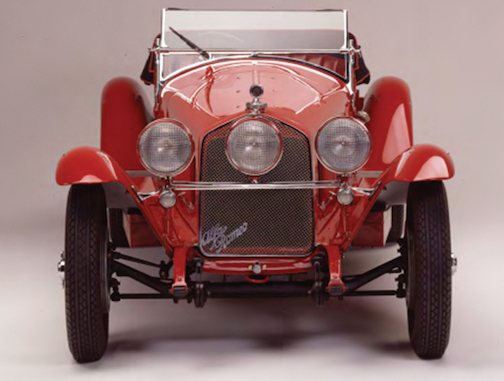
The troublesome caption: “A characteristic feature of the Alfa Romeo 6C 1750 Gran Sport was its three headlights, sometimes with red covers. In the racing version, the cylinder head was welded to the block (testa fissa, or fixed head). The engine produced about 102 hp.”
Could these passages be mistranslations of the Italian term, through the German into English? On the subject of fixed heads consult for instance one of the earlier standard works, Alfa Romeo – a History by Peter Hull and Roy Slater (Cassell & Company, London Second Edition 1965). It surely rates as authoritative since its sources such as Count “Johnny” Lurani (1905–95) were still active when Hull did his research. The British agent for Alfa Romeo had entered five cars for the May 1929 Double Twelve Hour Race at Brooklands, and Hull wrote, “Once down at Brooklands there was immense trouble with the scrutineers . . . who were convinced that the Alfas were anything but catalogue models as the regulations demanded. . . . In fact, the engine of the car to be driven by Ramponi and Lurani was not entirely standard, as it had the rare fixed-head engine. . . . It has been said that this particular engine was soon brought up to standard specifications by welding some dummy nuts in the appropriate place on top of the head.” A modern book may have all the attractive eye candy and high end production values but it will be handicapped if the text isn’t up to snuff!
Vittorio Jano (1891–1965) was Chief Engineer from 1923 to 1937 and designed the quintessential straight-eight Grand Prix engines and various sporting variations before moving to similarly successful careers with Lancia and Ferrari. Other important people in the company’s history are given short biographical notes too.
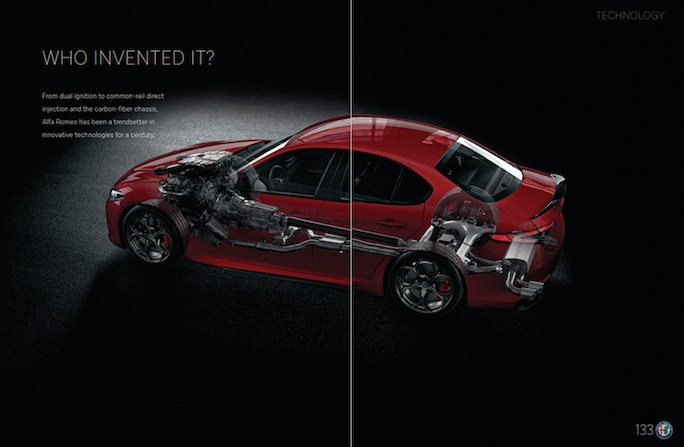
From dual ignition to common-rail direct injection and the carbon-fiber chassis, Alfa Romeo has been a trendsetter in innovative technologies for a century.
Alfa’s chassis were adorned by glorious bodywork, notably by Carrozzeria Touring to Superleggero (Superlight) principles of light aluminum panels over a metal skeleton. Other design studios have competed, notably Pininfarina, Bertone and Zagato, usually to good effect, although the 1980s wedge designs by Bertone were a taste perhaps best not acquired.
Have Alfa Romeo ever built a dull car? Troublesome, perhaps, such as the Alfasud which scarcely rates a mention despite its long production from 1971 at the factory near Naples where aero engines had been built. That front-wheel drive floor-pan morphed into the Tipo 33 by 1983.
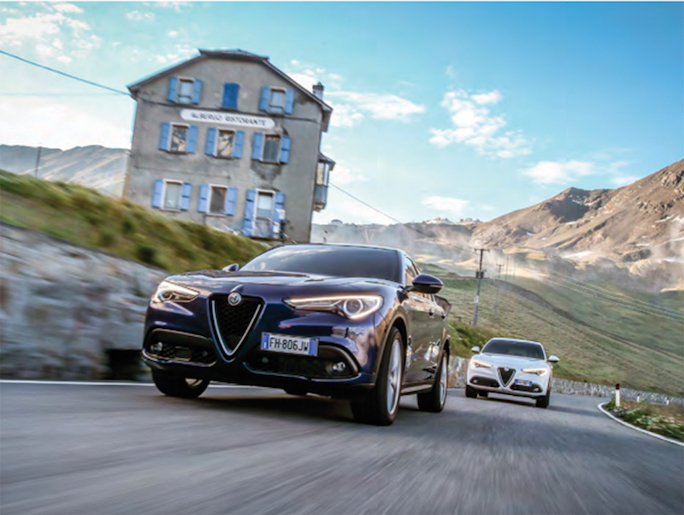
The Alfa Romeo Stelvio is named for the Stelvio Pass between Italy and Austria. The body of the brand’s first SUV was designed by American Scott Krugger.
Some famous model names—Spider, Giulia, Giulietta, and Alfetta—have been periodically reborn, others such as Montreal, Disco Volante, P3 and 2900B for instance are immortal parts of Alfa Romeo’s history, while what better name for the new model which surely puts the “Sport” back into the ubiquitous SUV than Stelvio? Oh, to tackle that 9,000-foot pass in most any Alfa Romeo . . .
Copyright 2024, Tom King (speedreaders.info).


 RSS Feed - Comments
RSS Feed - Comments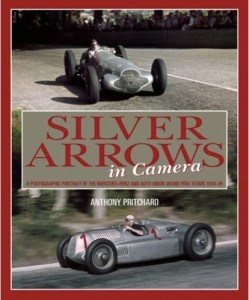
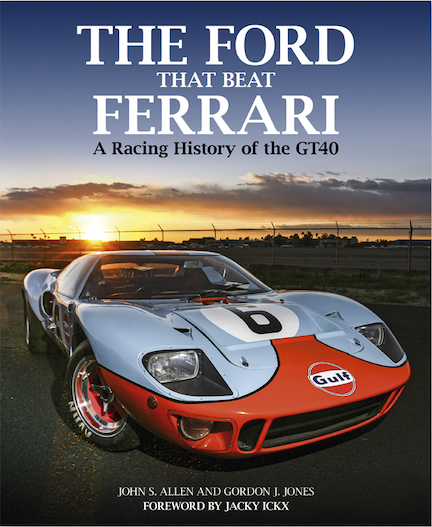
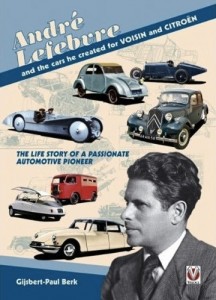
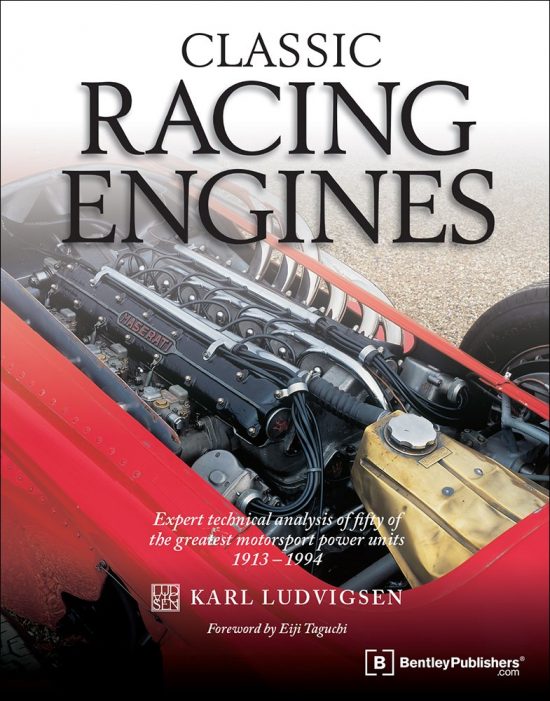
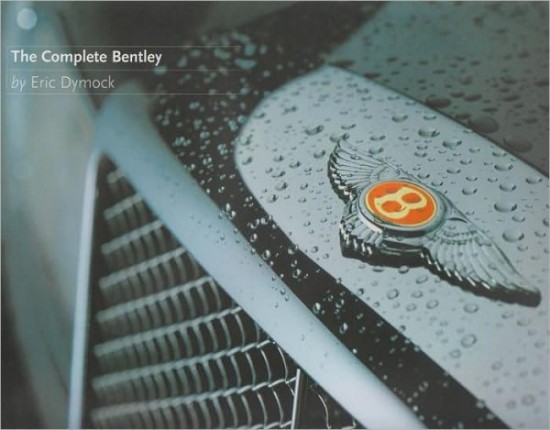
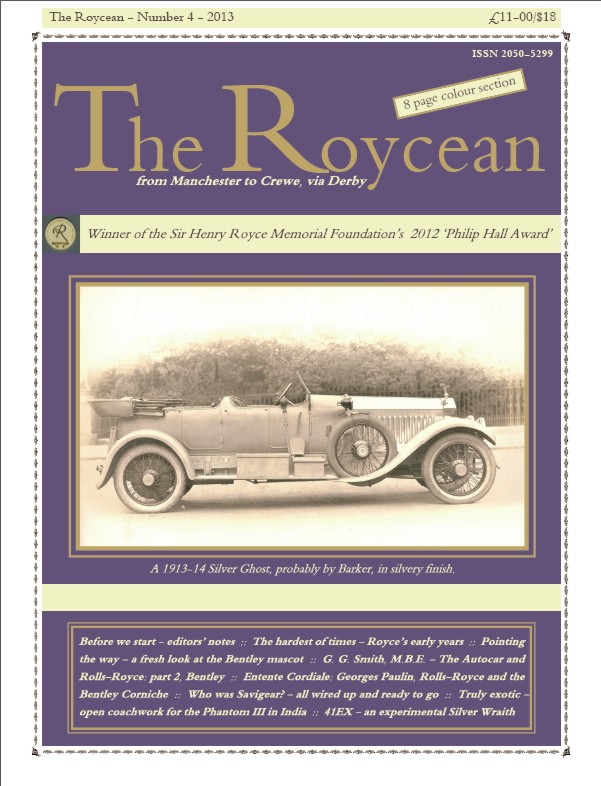
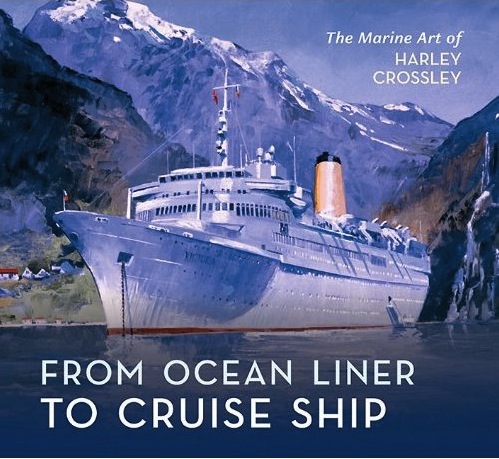
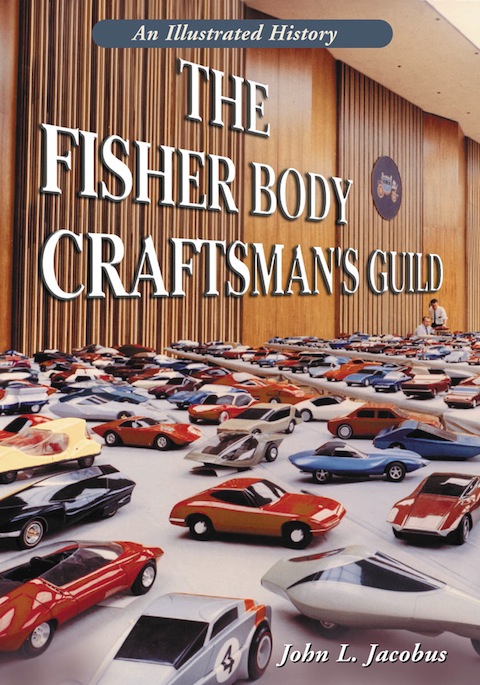

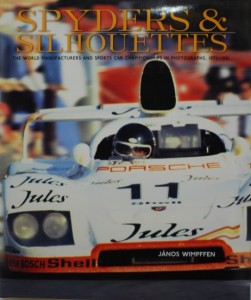
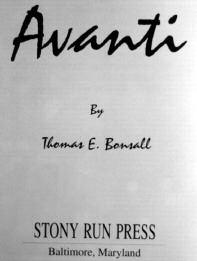
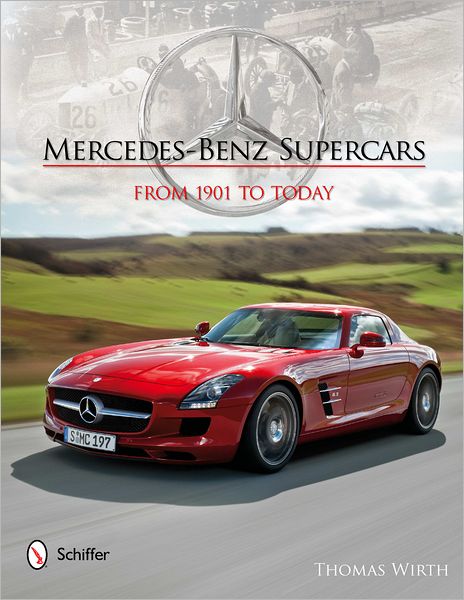
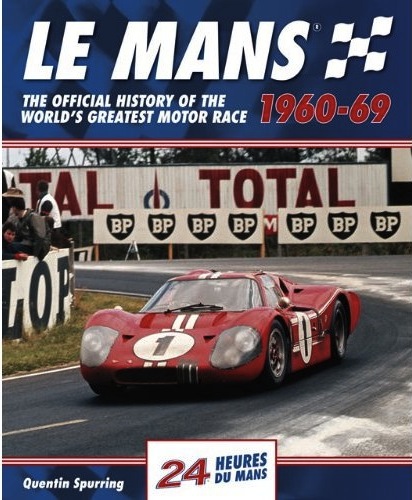
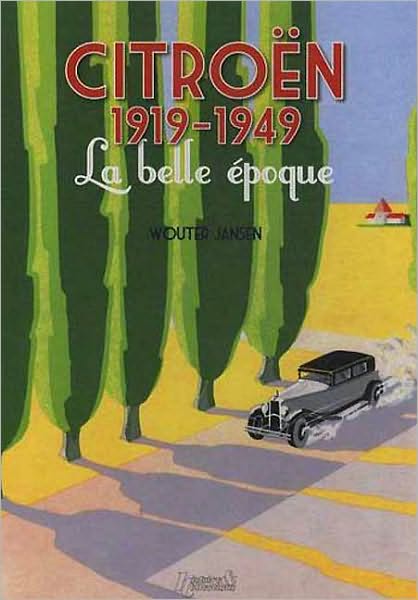
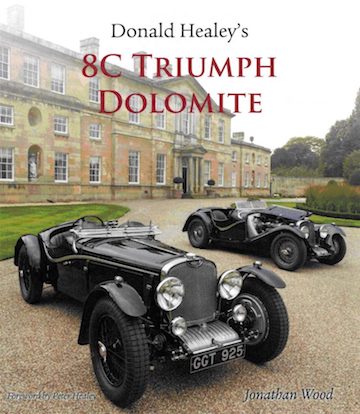
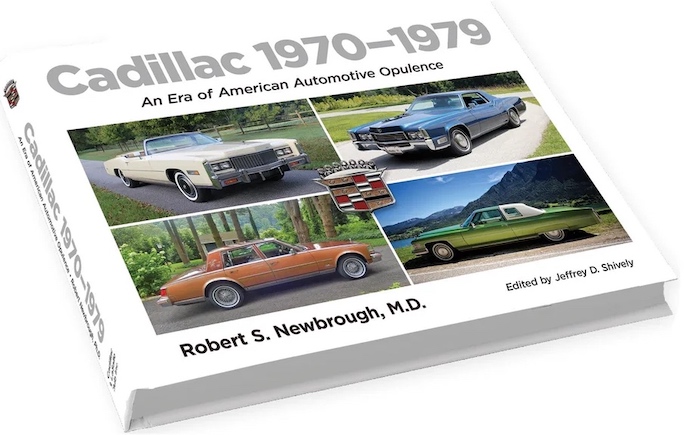
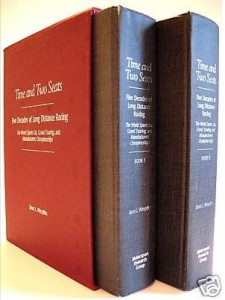
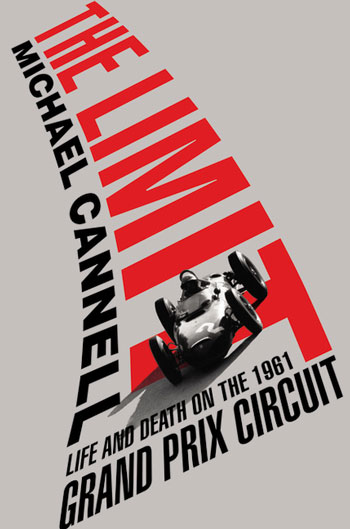
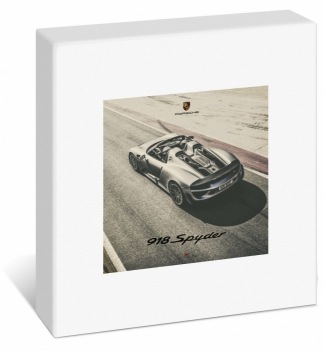
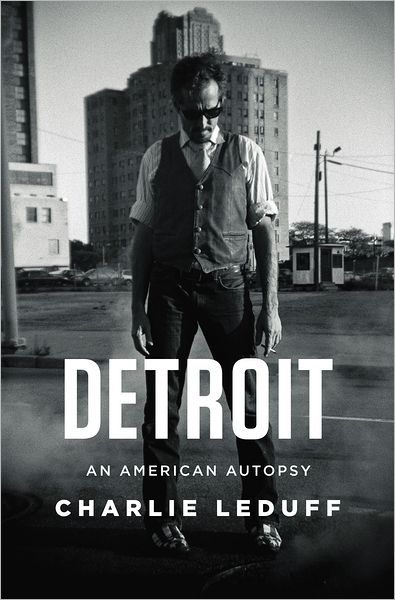
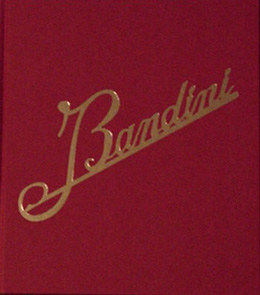
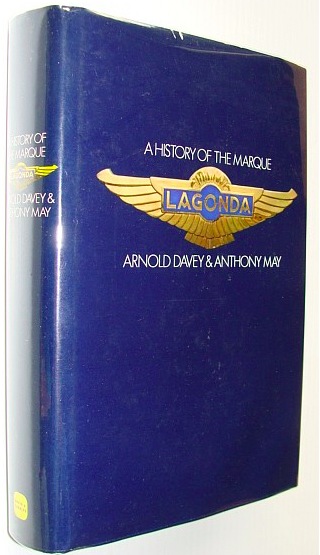

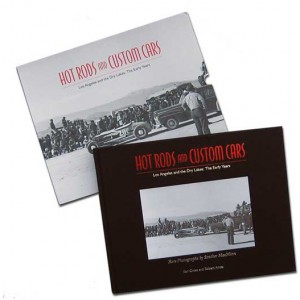
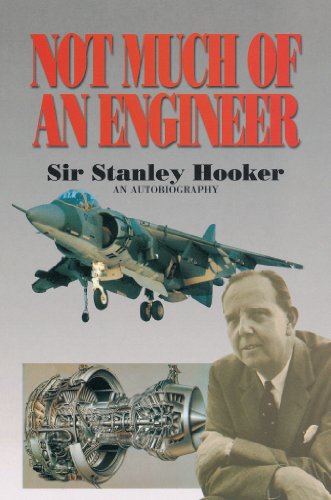
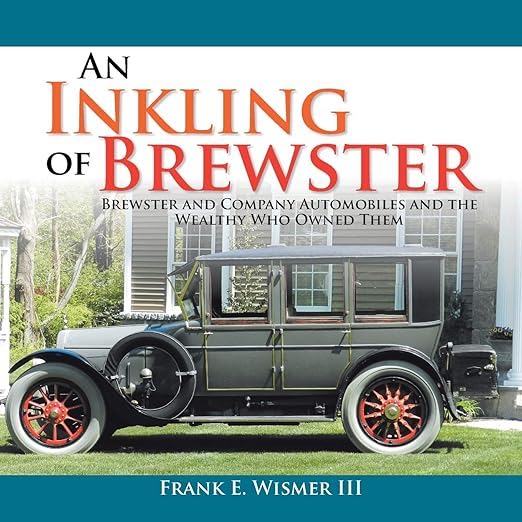
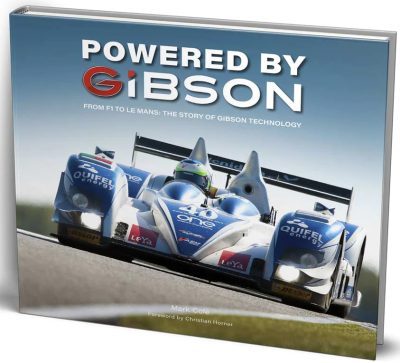
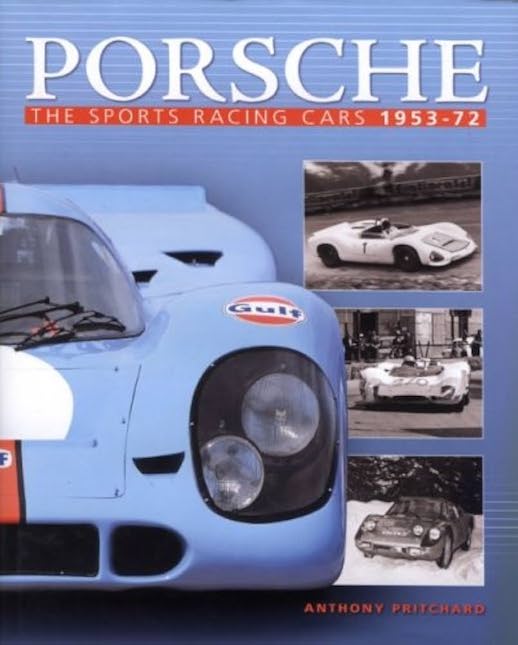
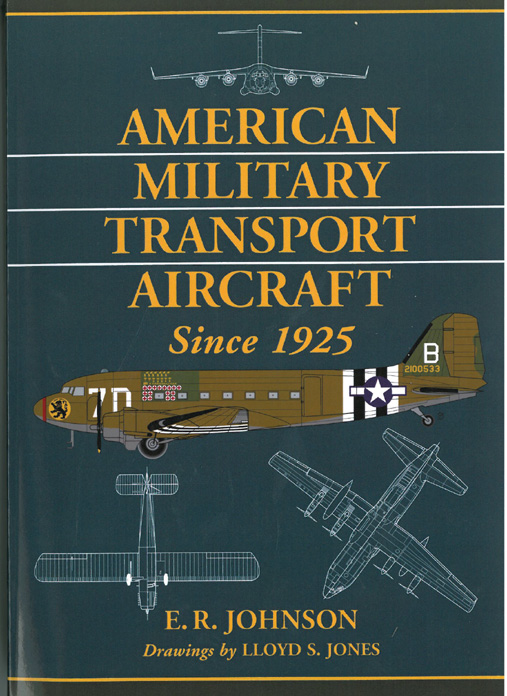

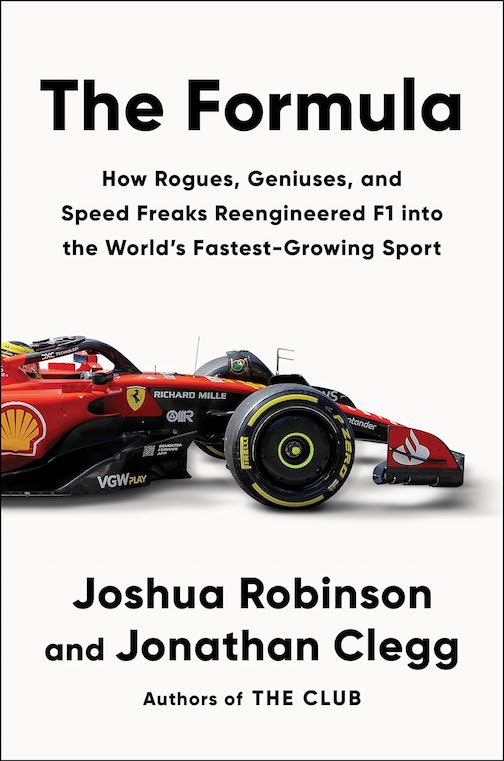

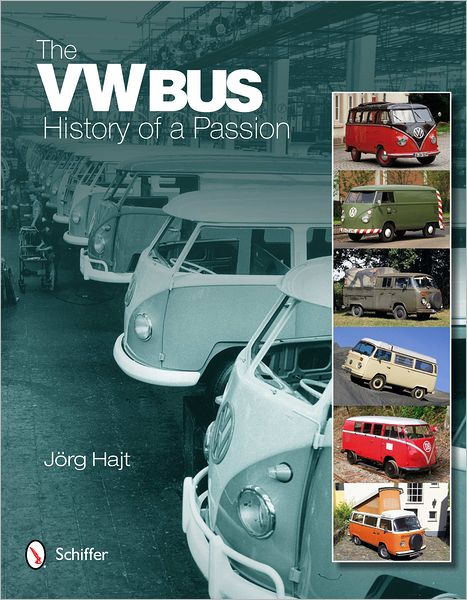
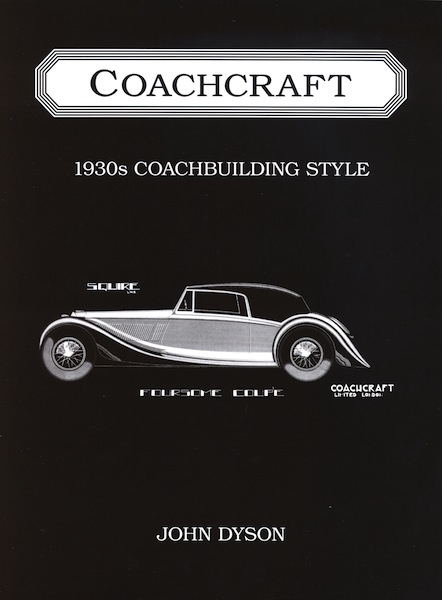

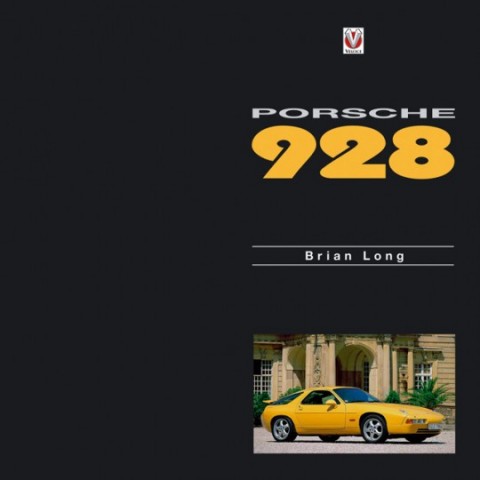
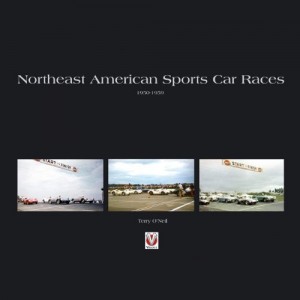


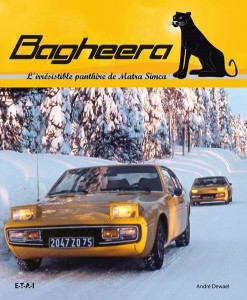
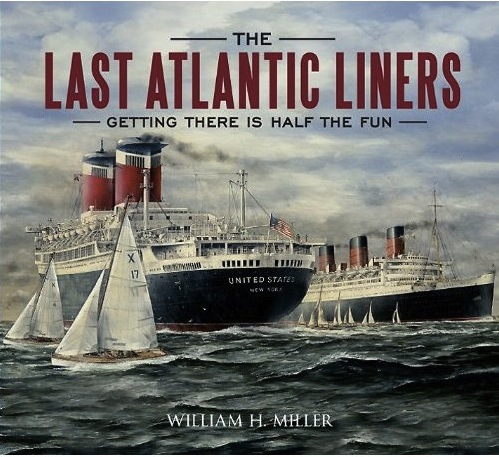

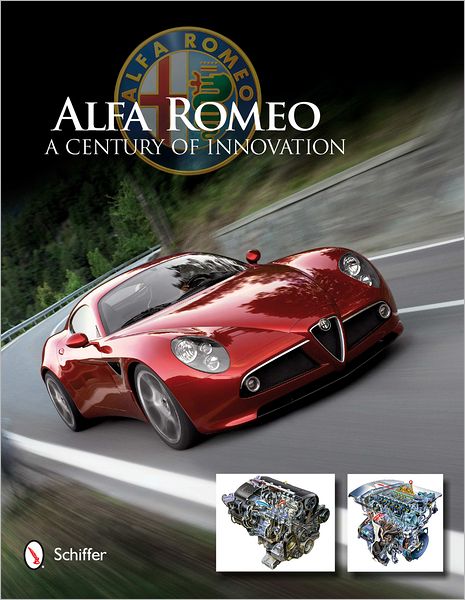
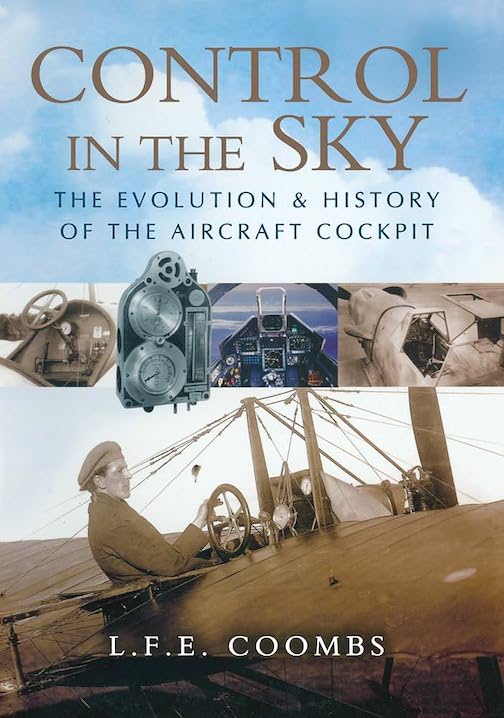
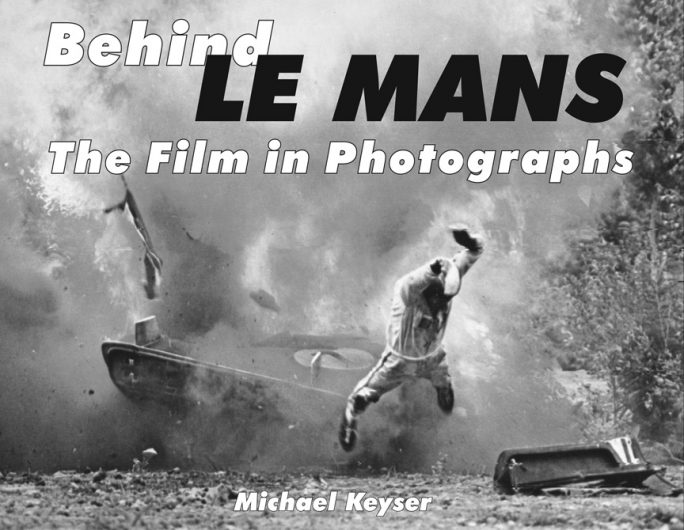
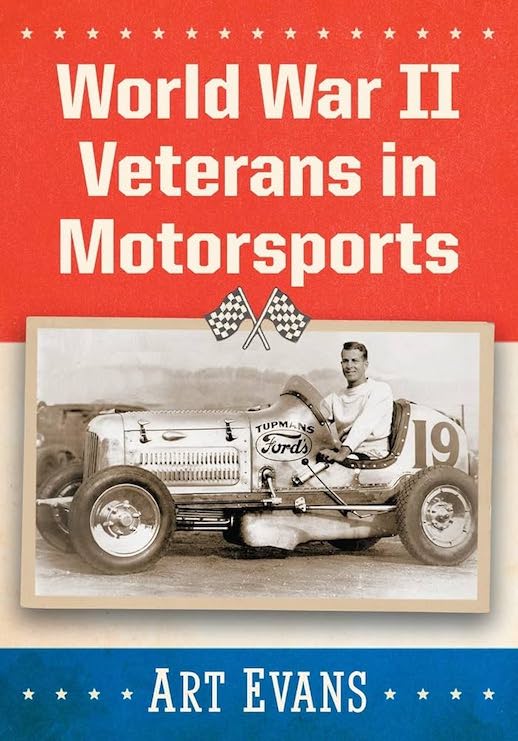
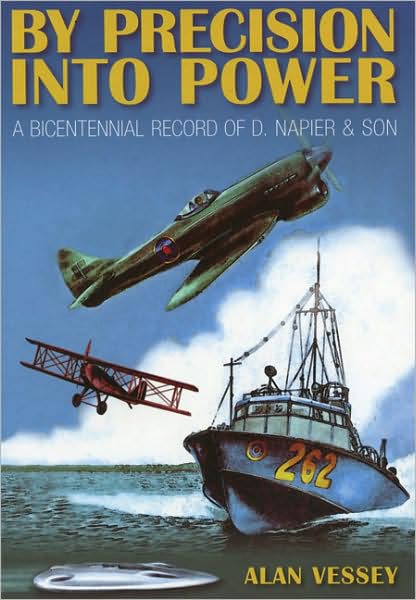
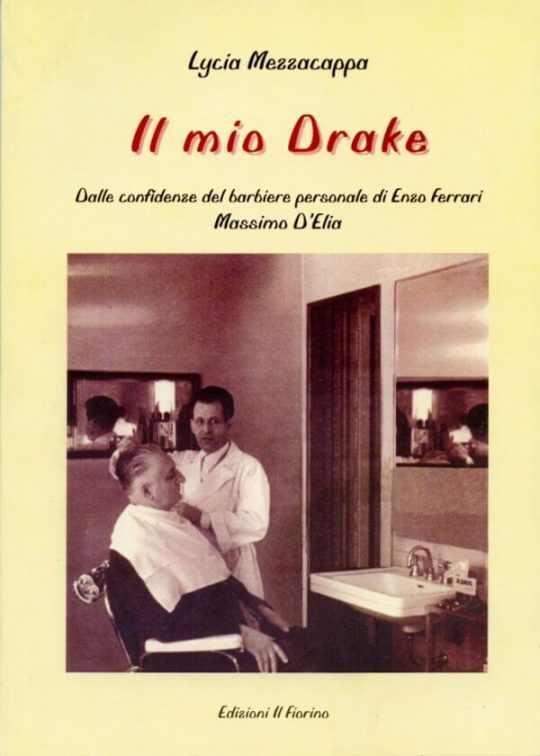

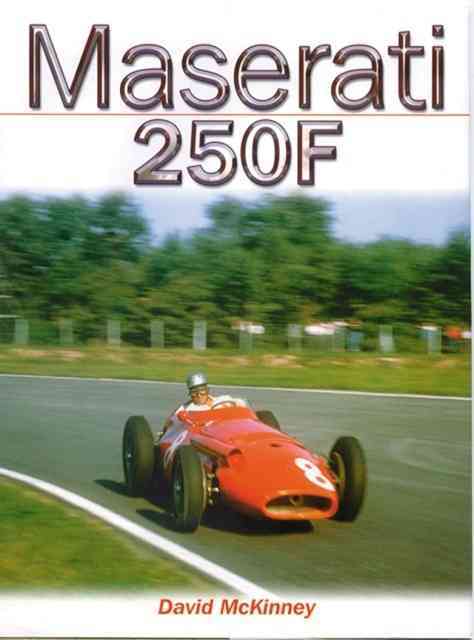
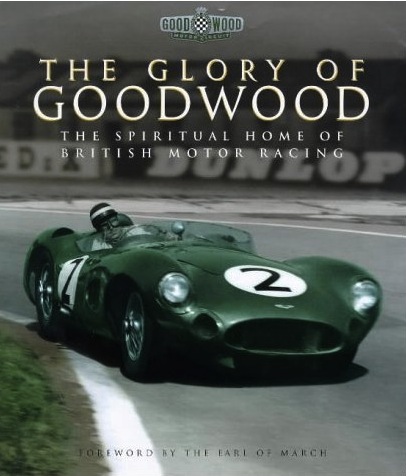
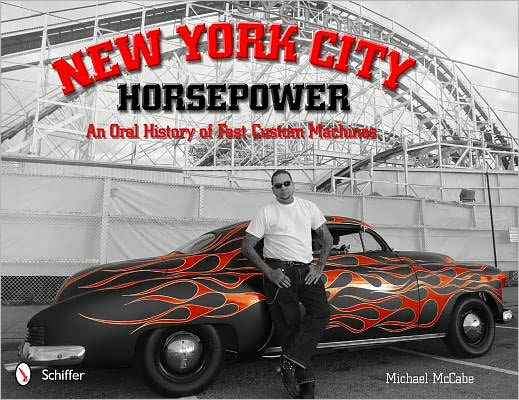

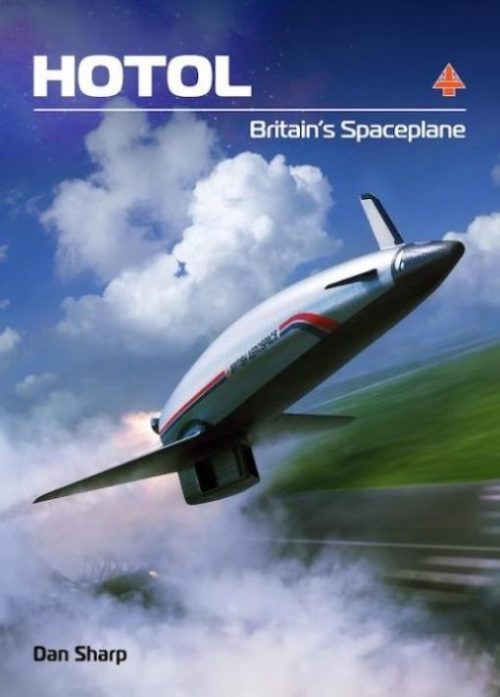
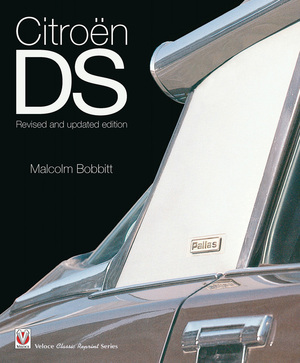
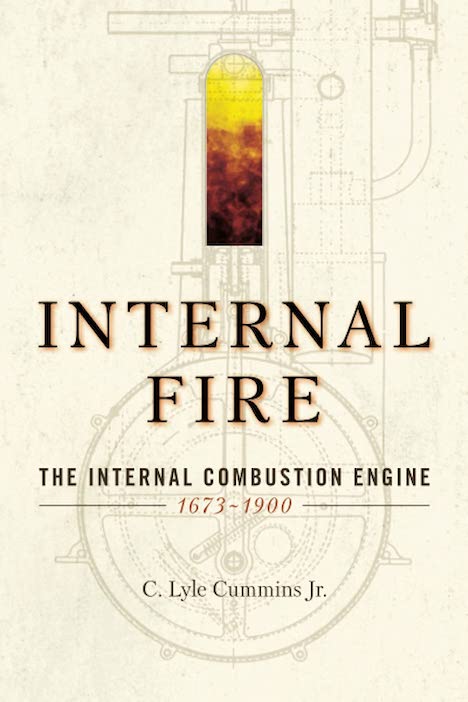
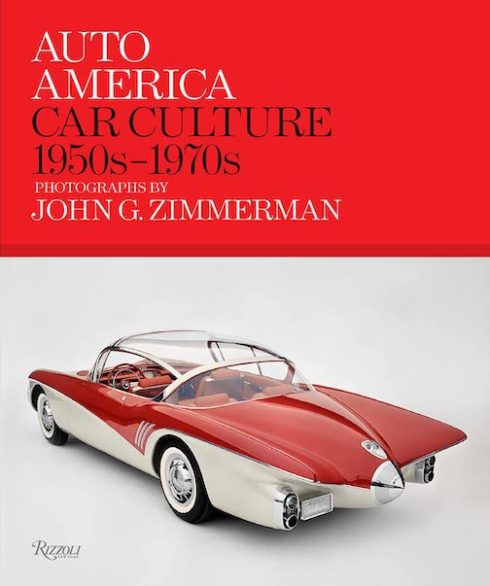
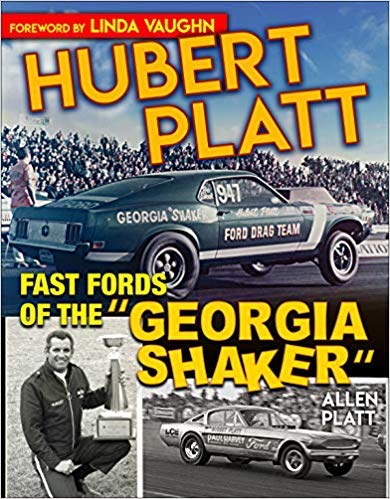
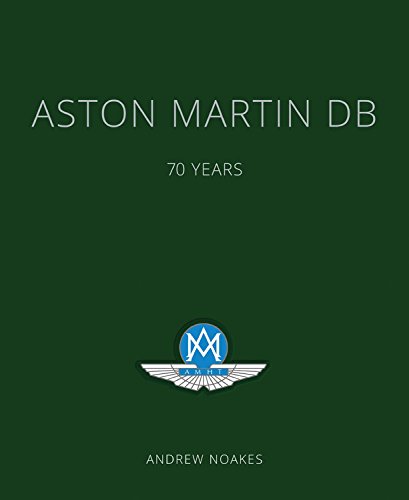
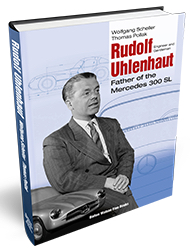


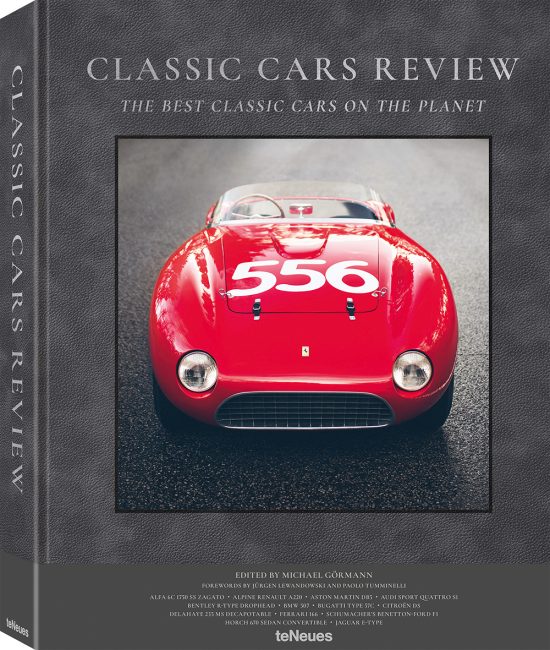


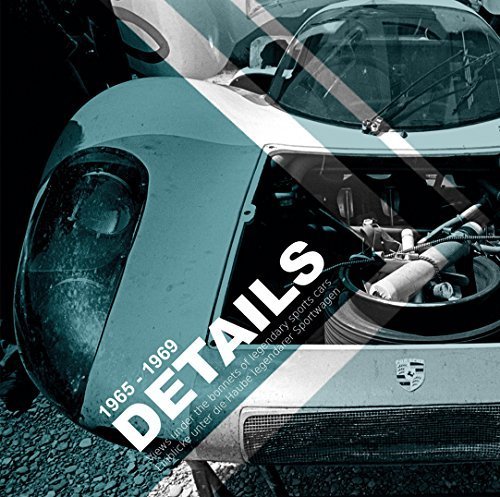
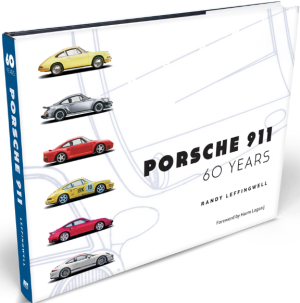
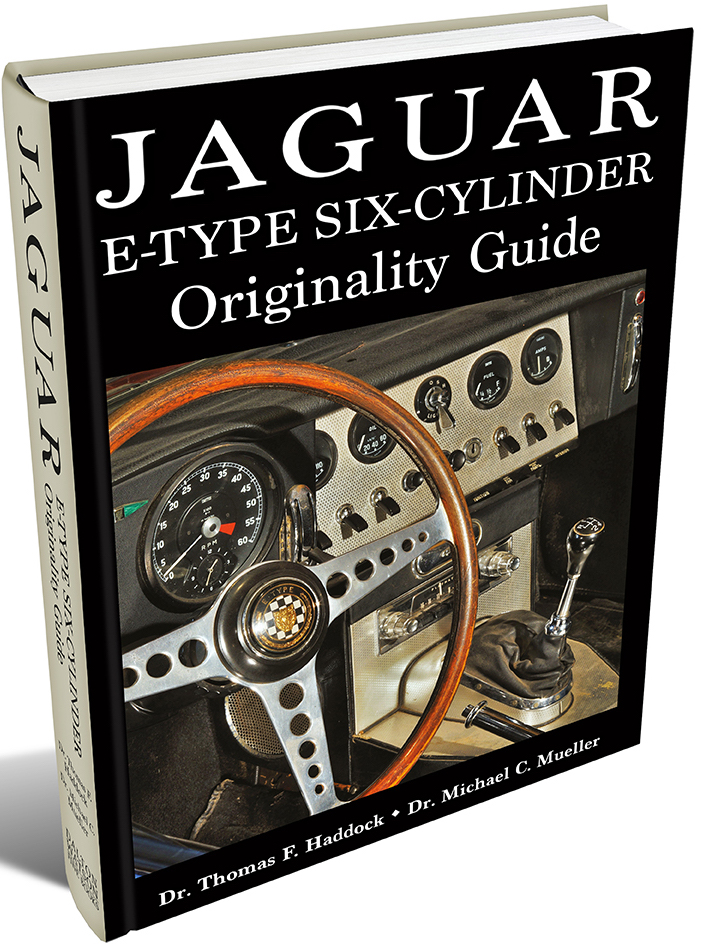
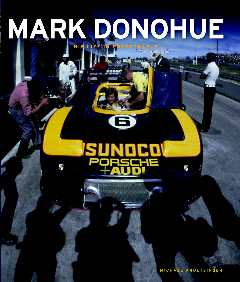
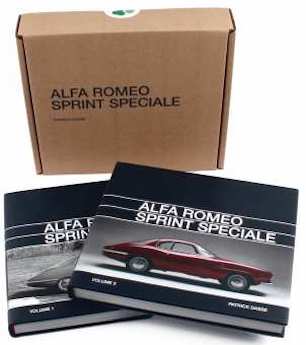

 Phone / Mail / Email
Phone / Mail / Email RSS Feed
RSS Feed Facebook
Facebook Twitter
Twitter